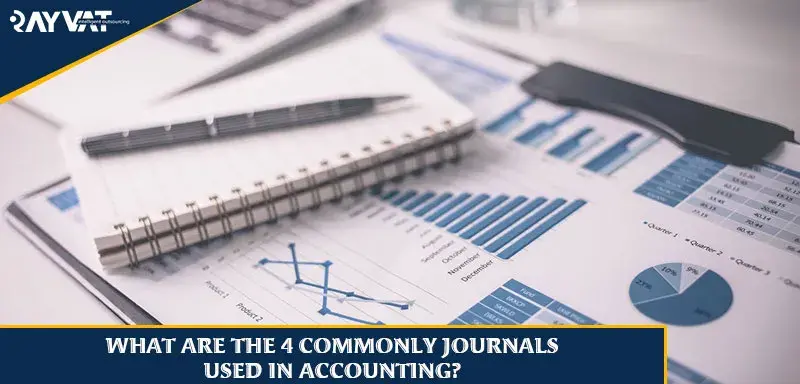Introduction
There are four different journals used in accounting. These four journals are the sales journal, cash receipts journal, cash disbursements journal, and the general journal. This article explains the purpose of these four journals and how they are used.
Sales Journal
The sales journal is used to record all sales transactions. Sales transactions include both the sale of goods and the sale of services, which will depend on the type of business the company conducts. All sales journals should include certain information, such as the date, invoice number, a description of the transaction, and the dollar amount of the transaction. There is also additional information that may be included at the discretion of the accountant. For example, sections for sales tax or discount amount may be included if applicable.
Read More: Get the best online bookkeeping services for small businesses
Cash Receipts Journal
The cash receipts journal is used to record all incoming cash. Cash refers to payments received and includes payments made via cash or check. Since the cash receipts journal and the sales journal often contain much of the same information these two journals are commonly combined. At a minimum, the cash receipts journal should include the date, invoice number associated with the payment, a description of the transaction, and the dollar amount of the transaction.
Cash Disbursements Journal
The cash disbursements journal is used to record all cash payments. Much like the cash receipts journal, cash, in this case, refers to amounts paid out via cash or check. The cash disbursements journal will contain certain information broken down under specific headings. These headings should include the date, a heading for cash, a heading for accounts payable to be used when purchases are made on the account, and headings listing the various expense accounts used by the company. The dollar amount of each transaction will be broken down under the appropriate headings. In addition, the company may include headings for the invoice number, a description of the transaction, and other information deemed appropriate.
Example: ABC Company receives an invoice from XYZ Company for the purchase of $90.00 worth of office supplies and $10.00 in delivery charges. Payment terms on the invoice are net 15. The cash disbursements journal will reflect a credit of $100.00 to accounts payable, a debit of $90.00 to office supplies expense, and a debit of $10.00 to the delivery expense. When ABC Company makes payment on this invoice, the cash disbursements journal will reflect a credit of $100.00 to cash and a debit of $100.00 to accounts payable.
The General Journal
The general journal is used to record all adjusting entries and closing entries at the end of the accounting period. The general journal should have the following headings: date, account, debit, and credit. The date is the date of the adjusting or closing entry. The account column is used for the name of the account being debited and the name of the account being credited. A description of the transaction may be entered below the two accounts. The debit and credit columns are where the dollar amounts of entry are recorded.
Let Us Manage Your Bookkeeping Needs. Contact Us Today

